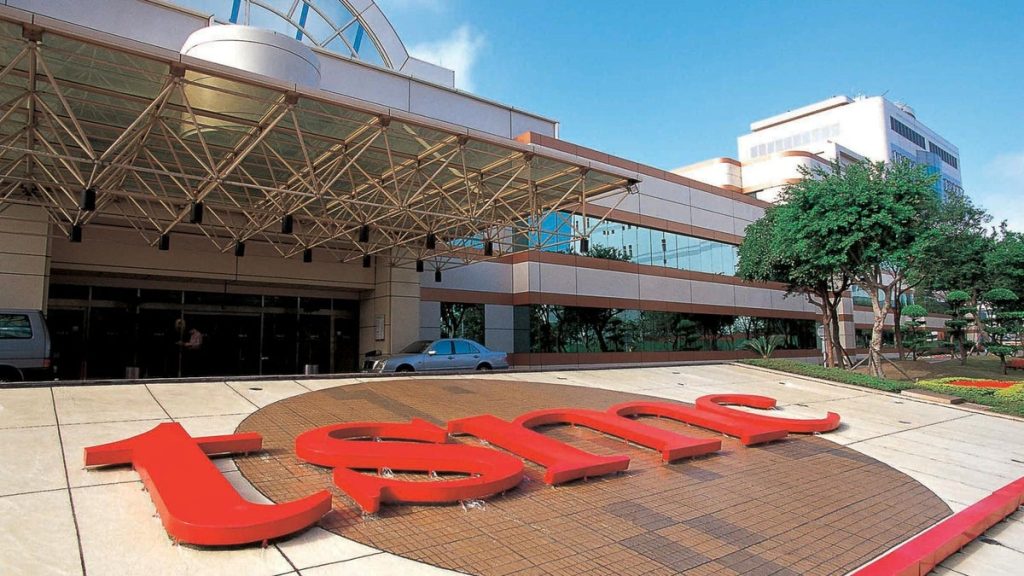Your next smartphone is likely to be more expensive as TSMC plans to raise the prices of most of its chips in 2026. The company’s actions are likely to affect the largest smartphone makers in the world, including Apple and Samsung.
TSMC will increase its advanced chip prices
TSMC has reportedly begun informing its largest clients, including Apple, about its plans for price increases in 2026. According to information shared (translated source) by Korean leaker yeux1122 on Naver, the hikes are likely to reach 8-10%.
Raising prices is not unheard of, but in previous years, TSMC has increased them by 3-5%. Next year’s hike will impact the prices of the most advanced fabrication processes below 5nm. Those processes are used for the manufacturing of the leading chips of the last few years. In the case of Apple, those are the A16, A17, A18, A19, M3, M4, and M5 chips.
Even higher prices across flagship devices
The Galaxy S26 series could be affected by TSMC’s higher prices. | Image credit – Smartprix
We have heard about TSMC raising prices multiple times over the last few months. A report in September claimed that MediaTek and Qualcomm will pay, respectively, 24% and 16% more for their new chips. It was never clarified what that new price was compared to, but it was likely to the Snapdragon 8 Elite and Dimensity 9400 processors.
Those chips were built on TSMC’s second-generation 3nm process, known as N3E, while the newer models use the third-generation N3P process. The effect of that price is likely to be felt with the prices of the Galaxy S26 series and other upcoming top-tier flagships.
Apple won’t be spared from the increase, as rumors claim that the A20 chip, expected to power the iPhone 18, could be even more expensive. That could be the first mainstream 2nm chip, with a production price as much as 50% higher than the latest 3nm process. With that increase, the A20 processor could cost up to $280 per unit, a striking increase from the A18’s reported $45 price tag. However, later information claimed that the increase will be no more than 20%.
Flagships are going to change
We already have various levels of flagship smartphones, but those differences are likely to become even bigger. I expect that future iPhones and Galaxy S series will have even bigger differences between the Ultra models and the more affordable flagship versions. Considering how fast chips are now, I wouldn’t be surprised if fewer people continue to buy the most advanced and expensive devices.
Travel Easy with Nomad eSIM – 25% Off
25% off eSIM data-only plans & global coverage – enter code IPHONE25, sign up required
Check Out The Offer
View Full Bio
Ilia, a tech journalist at PhoneArena, has been covering the mobile industry since 2011, with experience at outlets like Forbes Bulgaria. Passionate about smartphones, tablets, and consumer tech, he blends deep industry knowledge with a personal fascination that began with his first Nokia and Sony Ericsson devices. Originally from Bulgaria and now based in Lima, Peru, Ilia balances his tech obsessions with walking his dog, training at the gym, and slowly mastering Spanish.
Read the latest from Ilia Temelkov


